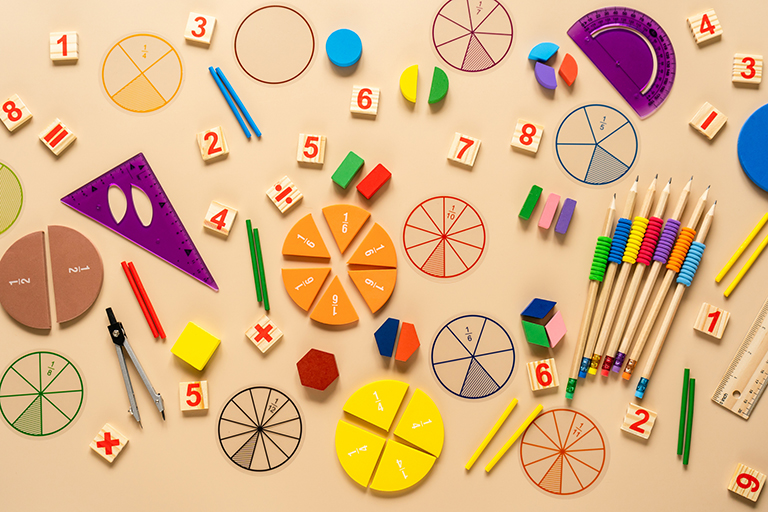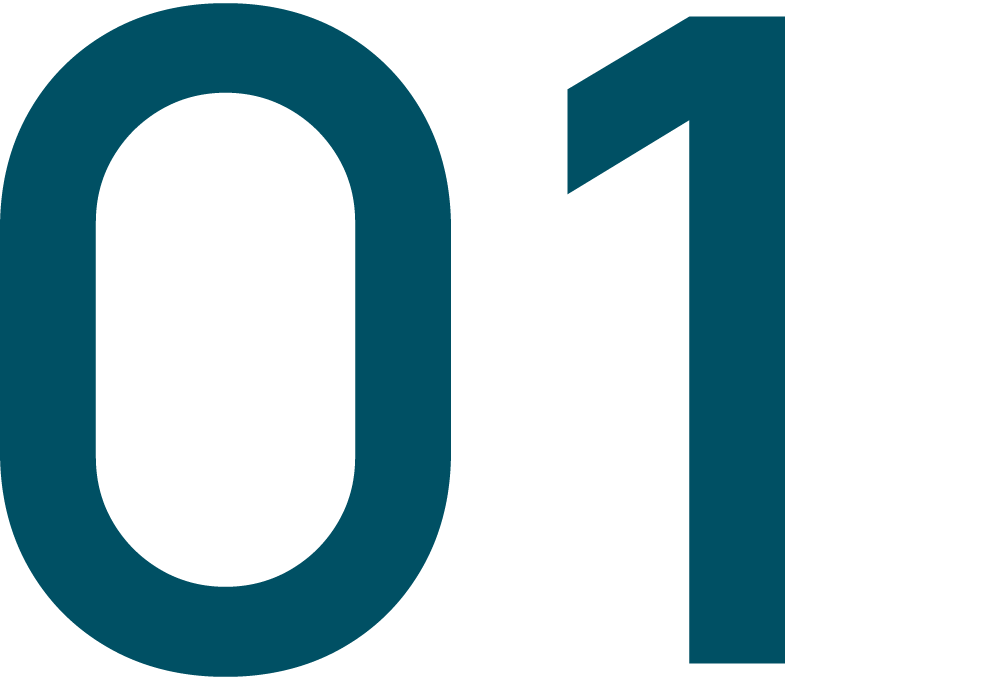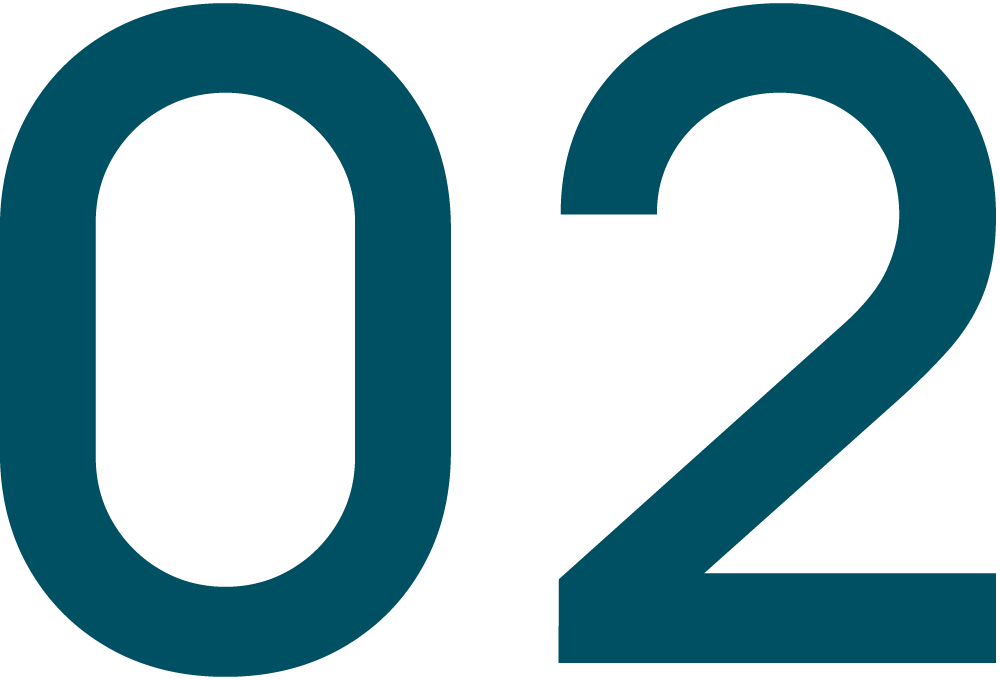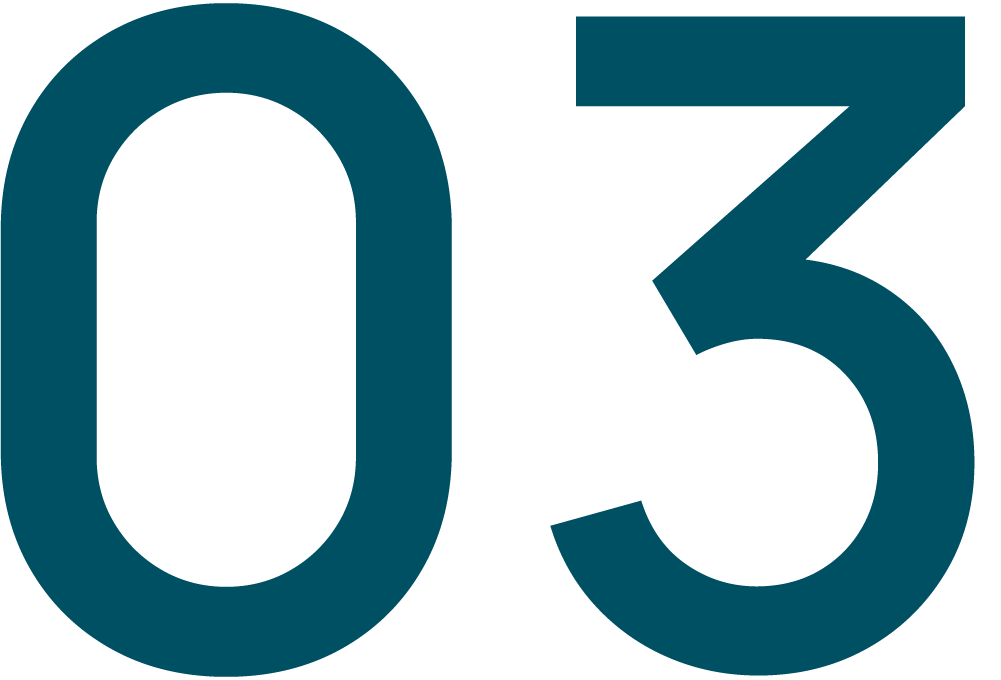What is IMO (International Math Olympiad)?

The Process
The syllabus aligns with CBSE, ICSE/ISC, and State Board curricula to ensure comprehensive coverage of mathematical concepts.

Multiple-choice format with no negative marking

60 minutes for all grades

Logical Reasoning, Mathematical Reasoning, Everyday Mathematics and Achiever’s section
Grades 3-4
Exam Duration: 60 minutes
Things to Know
Grades 5-10
Exam Duration: 60 minutes
Score Details
Grades 11-12
Exam Duration: 60 minutes
What's included?
Grades 3-4
Exam Duration: 60 minutes
Things to Know
Grades 5-10
Exam Duration: 60 minutes
Score Details
Grades 11-12
Exam Duration: 60 minutes
Score Details
Need consultation?
Total Questions: 35
Section – 1
Section – 2
Section – 3
Section – 4
Total Questions: 35
Section – 1
Section – 2
Section – 3
Section – 4
Total Questions: 35
Section – 1
Section – 2
Section – 3
Section – 4
Total Questions: 35
Section – 1
Section – 2
Section – 3
Section – 4
Total Questions: 50
Section – 1
Section – 2
Section – 3
Section – 4
Total Questions: 50
Section – 1
Section – 2
Section – 3
Section – 4
Total Questions: 50
Section – 1
Section – 2
Section – 3
Section – 4
Total Questions: 50
Section – 1
Section – 2
Section – 3
Section – 4
Total Questions: 50
Section – 1
Section – 2
Section – 3
Section – 4
Total Questions: 50
Section – 1
Section – 2
Section – 3
Section – 4
Total Questions: 50
Section – 1
Section – 2
Section – 3
Section – 4
Total Questions: 50
Section – 1
Section – 2
Section – 3
Section – 4
AIM higher
If more students share a rank, the amount is equally divided.

₹50,000 + Gold Medal + Certificate (12 awards)

₹25,000 + Silver Medal + Certificate (12 awards)

₹10,000 + Bronze Medal + Certificate (12 awards)
Proud achievements
Zonal Level (Level II)
₹5,000 + Gold Medal + Certificate (312 awards)
₹2,500 + Silver Medal + Certificate (312 awards)
₹1,000 + Bronze Medal + Certificate (312 awards)
Gift worth ₹500 + Certificate
Certificate of Zonal Excellence
Merit Certificate
Trusted by parents
If more students share a rank, the amount is equally divided.

Ranks 1–25: Medal of Distinction, Certificate & SPR
Ranks 26+: Participation Certificate & SPR

Awarded to students scoring 100%
Top 1–10% performers based on class strength

Student Performance Report (SPR)
Participation Certificate
Merit Certificate (for Level 2 qualifiers)
FAQS
The International Math Olympiad (IMO) is a prestigious math competition conducted annually by the Science Olympiad Foundation (SOF). Open to students from Class 1 to Class 12, the IMO tests mathematical reasoning, logical thinking, and problem-solving abilities through a two-level examination format. It aims to nurture academic excellence and promote competitive learning among school children.
Math Olympiad exams offer a host of benefits for students:
All students from Class 1 to Class 12 studying in CBSE, ICSE, State Boards, or equivalent are eligible to participate in the IMO. Level 1 is open to all, while Level 2 is for selected qualifiers from Classes 3 to 12 based on their Level 1 performance.
The IMO syllabus is aligned with CBSE, ICSE/ISC, and State Boards.
Each class has a detailed syllabus including logical reasoning, core math, data handling, and higher-order thinking.
The Achievers Section is a high-difficulty portion of the IMO designed to challenge top-performing students. It carries higher weightage per question and requires deep conceptual understanding and application.
The IMO is conducted in offline mode using OMR sheets. Students fill their answers by darkening circles against the correct options within the allocated time.
To prepare effectively for the IMO:
The IMO by SOF stands out due to:
Students can register through their schools if the school is registered with SOF.
Get Started
Expert mentorship, focused concept development, and consistent practice deliver targeted Olympiad preparation and the skills needed for academic excellence.
Join Us and See the Difference.
Copyright © The Talent Scholar